When Do Kids Learn Shapes? Children typically start learning about shapes around the age of 2. This foundational skill is crucial for cognitive development and pre-math abilities. LEARNS.EDU.VN provides resources and activities to help children master shapes and other essential early learning concepts, paving the way for future academic success. Dive into our detailed guide to discover effective strategies and timelines, ensuring your child’s learning journey is both enriching and enjoyable.
1. Why Are Shapes Important for Early Childhood Development?
Understanding shapes is more than just naming them; it’s a fundamental building block for numerous cognitive skills. Shapes help children develop spatial reasoning, problem-solving abilities, and visual discrimination skills. These skills are essential for math, reading, and even art.
1.1. Cognitive Benefits of Learning Shapes
Learning shapes significantly boosts a child’s cognitive abilities. Recognizing shapes enhances visual perception and memory, both vital for academic success.
- Visual Perception: Identifying differences between shapes improves visual discrimination skills.
- Spatial Reasoning: Understanding how shapes fit together fosters spatial awareness.
- Problem-Solving: Recognizing shapes in puzzles and patterns develops problem-solving skills.
- Memory: Recalling shape names and attributes strengthens memory.
According to a study by the National Association for the Education of Young Children (NAEYC), early exposure to shapes correlates with improved math and reading readiness.
1.2. Shapes as a Foundation for Math and Reading
Shapes lay the groundwork for understanding mathematical concepts and literacy skills. Recognizing shapes is a precursor to understanding geometry and spatial relationships.
- Geometry: Shapes are the basic elements of geometry, providing a foundation for more complex concepts.
- Spatial Relationships: Understanding how shapes relate to each other is essential for spatial reasoning in math.
- Literacy: Shapes help children recognize letters, which are essentially shapes themselves.
- Pattern Recognition: Identifying shape patterns improves pattern recognition skills crucial for reading.
1.3. Shapes in Everyday Life
Shapes are everywhere around us, making learning about them highly relevant and engaging. Pointing out shapes in everyday objects helps children connect learning with the real world.
- Home: Identify shapes in furniture, windows, and household items.
- Outdoors: Spot shapes in nature, buildings, and street signs.
- Food: Cut sandwiches into different shapes for a fun learning experience.
- Toys: Use shape sorters and building blocks to reinforce shape recognition.
Integrating shapes into daily routines makes learning fun and practical, reinforcing their importance in a child’s environment.
2. At What Age Do Children Typically Learn Shapes?
The process of learning shapes is gradual, with children typically starting to recognize basic shapes around age 2 and developing a more comprehensive understanding by age 4 or 5.
2.1. Developmental Milestones for Shape Recognition
Understanding the typical developmental milestones helps parents and educators gauge a child’s progress and provide appropriate support.
| Age | Milestone | Activities |
|---|---|---|
| 18-24 months | Starts to notice different shapes but may not be able to name them. | Point out shapes in books and toys. |
| 2-3 years | Can identify circles and squares and match similar shapes. | Use shape sorters, puzzles, and simple shape-matching games. |
| 3-4 years | Begins to recognize triangles and rectangles and can draw basic shapes. | Encourage drawing and coloring shapes, and introduce shape-based crafts. |
| 4-5 years | Can identify more complex shapes like ovals, diamonds, and stars and describe them. | Play shape-identification games, and use shapes in storytelling and creative projects. |

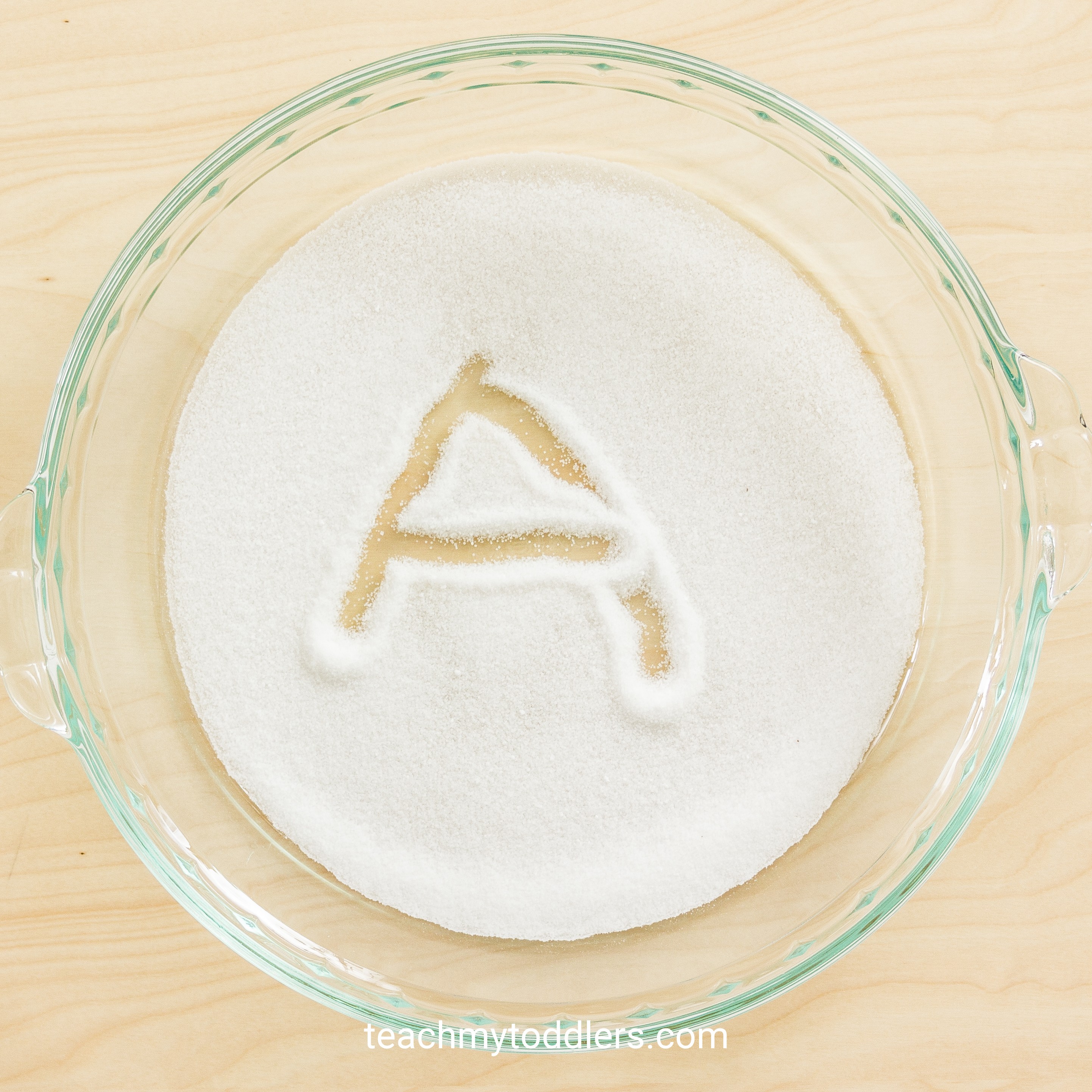
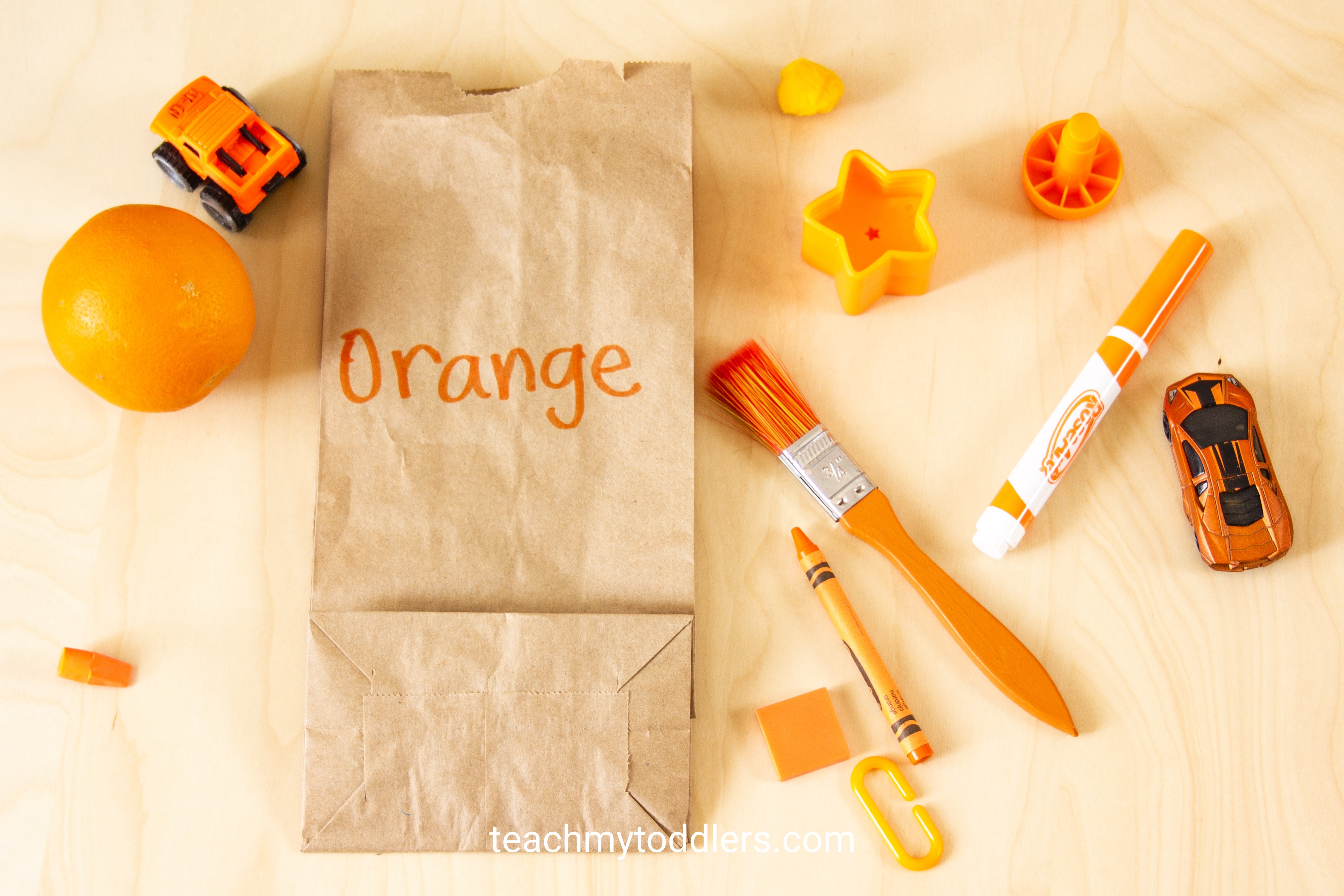
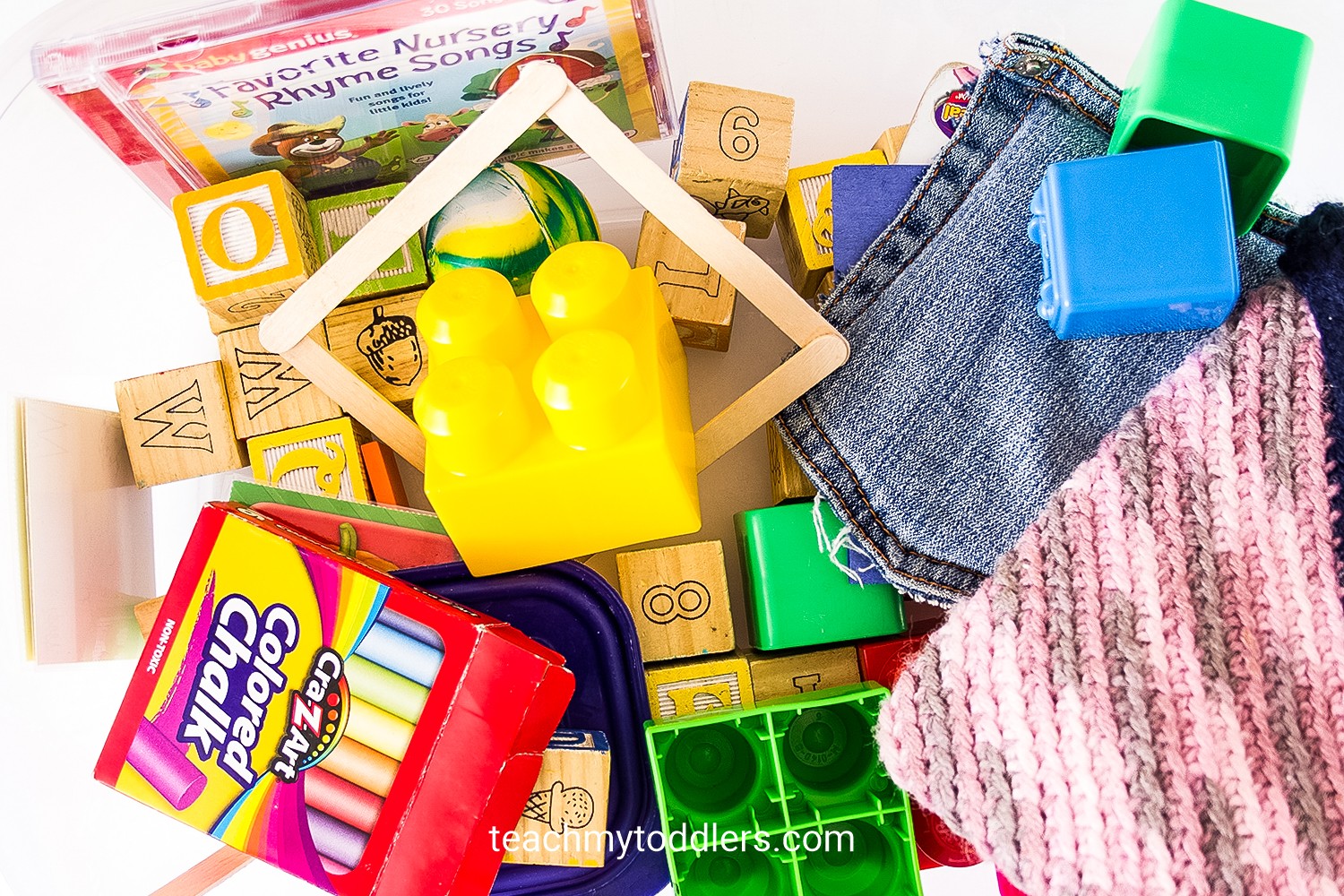

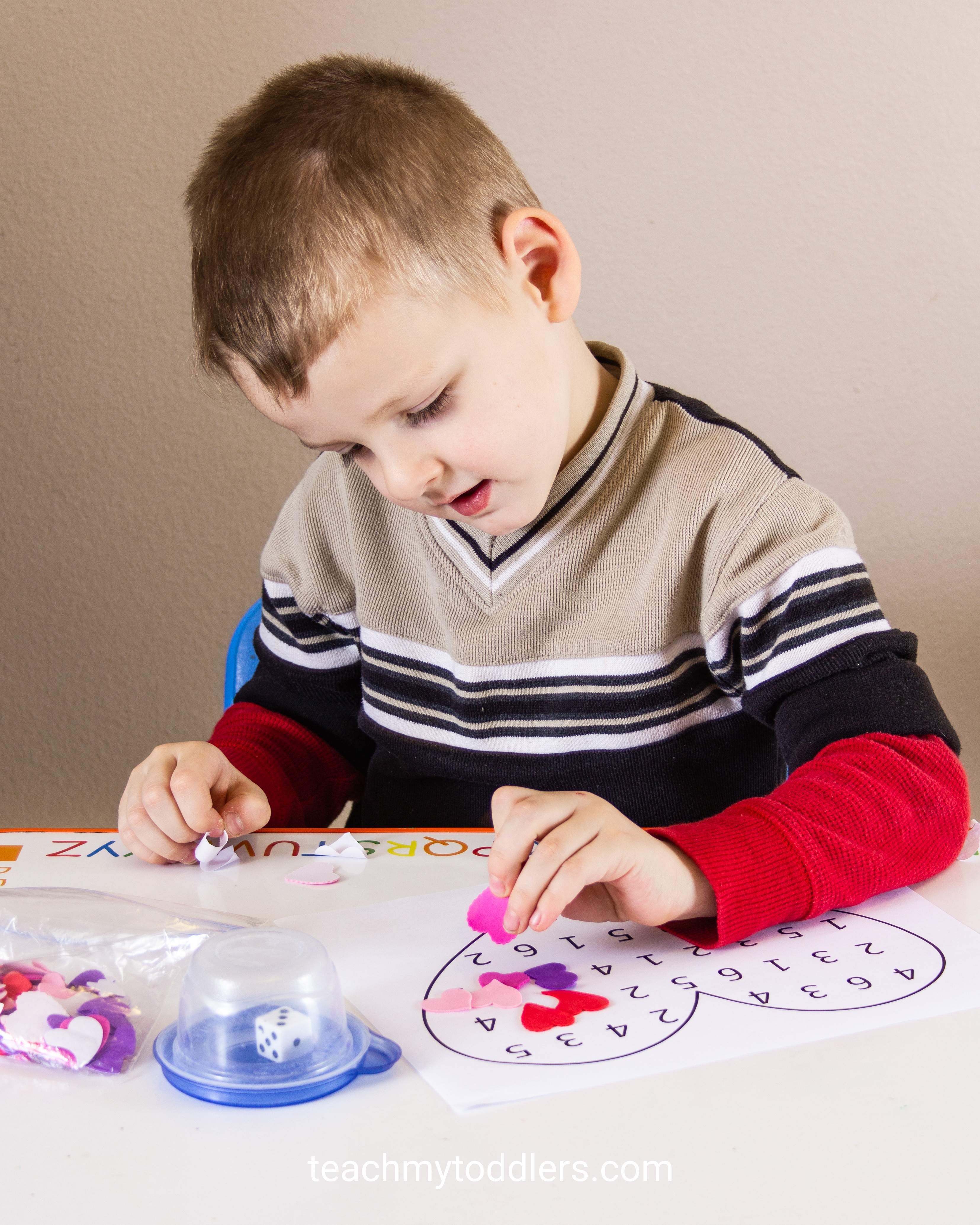
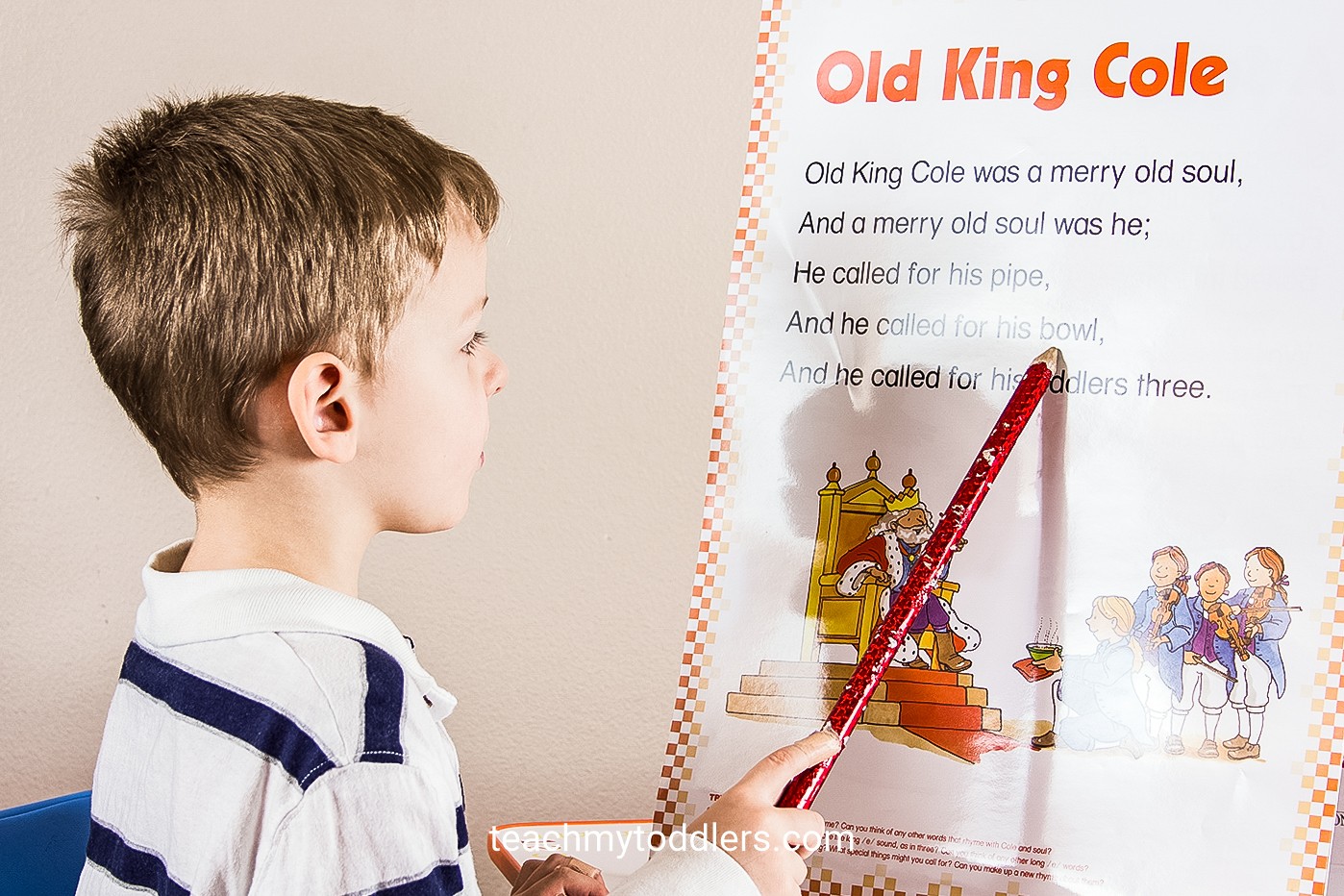

These milestones provide a general guideline, but individual progress can vary.
2.2. Factors Influencing Shape Learning
Several factors can influence when and how quickly a child learns shapes. These include genetics, environment, and teaching methods.
- Exposure: Early and consistent exposure to shapes accelerates learning.
- Teaching Methods: Engaging and interactive teaching methods enhance understanding.
- Individual Differences: Each child learns at their own pace, influenced by their unique cognitive development.
- Learning Environment: A stimulating and supportive environment fosters curiosity and learning.
2.3. Red Flags: When to Seek Professional Advice
While variations in learning pace are normal, certain signs may indicate a need for professional evaluation.
- Difficulty with Visual Discrimination: Consistently struggling to differentiate between shapes.
- Lack of Interest: Showing no interest in shapes or related activities.
- Developmental Delays: Significant delays in other cognitive areas.
If you notice these red flags, consulting with a pediatrician or child development specialist can provide valuable insights and support.
3. How to Teach Shapes Effectively: Fun and Engaging Methods
Effective shape teaching involves making learning fun and integrating it into everyday activities. Here are several engaging methods to help children learn shapes.
3.1. Hands-On Activities and Games
Hands-on activities and games make learning shapes interactive and enjoyable. These activities help children understand shapes through direct experience.
- Shape Sorters: These classic toys help children match shapes to corresponding holes, reinforcing shape recognition.
- Building Blocks: Use blocks of various shapes to build structures, encouraging spatial reasoning and shape identification.
- Playdough: Roll and cut playdough into different shapes, allowing children to create and manipulate shapes.
- Shape Scavenger Hunts: Organize a scavenger hunt where children find objects around the house that match specific shapes.
3.2. Incorporating Shapes into Daily Routines
Integrating shapes into daily routines reinforces learning in a natural and contextual way.
- Mealtime: Cut sandwiches, fruits, and vegetables into different shapes.
- Bath Time: Use bath toys shaped like different shapes.
- Story Time: Point out shapes in the illustrations of picture books.
- Outdoor Walks: Identify shapes in buildings, signs, and natural objects.
3.3. Using Educational Resources: Books, Apps, and Websites
Leveraging educational resources can provide structured learning opportunities and reinforce shape concepts.
- Books: Choose picture books that focus on shapes and incorporate them into the story.
- Apps: Utilize educational apps designed to teach shapes through interactive games and activities.
- Websites: Explore websites that offer free shape-related worksheets, games, and activities. LEARNS.EDU.VN provides a wealth of such resources tailored to different age groups and learning styles.
3.4. Themed Learning: Shape of the Week
Focusing on one shape each week can help children develop a deeper understanding and retention.
- Monday: Introduce the shape with a picture book and shape-sorting activity.
- Tuesday: Create shape art using paint, crayons, and paper.
- Wednesday: Go on a shape scavenger hunt around the house.
- Thursday: Bake cookies in the shape of the featured shape.
- Friday: Review the shape through songs and games.
This structured approach provides consistent exposure and reinforces learning throughout the week.
4. Activities to Reinforce Shape Learning
To solidify their understanding of shapes, kids need practice. Here are more activities to make it stick:
4.1. Shape Art Projects
Turn learning into art by creating pictures using different shapes. This not only makes shape recognition fun but also fosters creativity.
- Shape Collages: Cut out shapes from construction paper and glue them onto a larger sheet to create a picture.
- Shape Stencils: Use shape stencils to trace and color different shapes.
- Potato Prints: Cut potatoes into shapes and use them as stamps with paint.
- Nature Art: Collect leaves, twigs, and stones and arrange them into different shapes.
4.2. Shape-Based Games
Games are an excellent way to reinforce shape recognition in an engaging way.
- Shape Bingo: Create bingo cards with different shapes and call out the shapes for children to mark.
- Shape Matching: Create pairs of shape cards and have children match the pairs.
- Shape Puzzles: Use shape puzzles to challenge children to fit the shapes into the correct spaces.
- I Spy Shapes: Play “I Spy” focusing on different shapes in the environment.
4.3. Shape Songs and Rhymes
Songs and rhymes make learning shapes memorable and enjoyable.
- Shape Songs: Sing songs about shapes, such as “The Shape Song” or create your own tunes.
- Shape Rhymes: Use rhymes that describe the characteristics of different shapes.
- Shape Action Songs: Incorporate actions into shape songs to make them more engaging.
4.4. Edible Shapes
Combining shapes with food can make learning even more appealing.
- Shape Cookies: Bake cookies in the shapes of circles, squares, and triangles.
- Shape Pizzas: Cut pizza into different shapes and let children arrange them.
- Shape Sandwiches: Use cookie cutters to cut sandwiches into various shapes.
- Fruit Shapes: Arrange fruit slices into different shapes on a plate.
5. How LEARNS.EDU.VN Can Help Your Child Learn Shapes
LEARNS.EDU.VN offers a variety of resources to support your child’s shape-learning journey, making education accessible and enjoyable.
5.1. Free Resources and Printables
Access a wealth of free resources and printables designed to reinforce shape recognition and understanding.
- Shape Worksheets: Download and print worksheets that focus on shape identification, matching, and drawing.
- Shape Flashcards: Use flashcards to help children memorize shape names and attributes.
- Shape Coloring Pages: Color in different shapes to improve shape recognition and fine motor skills.
- Shape Games: Play free online shape games that make learning fun and interactive.
5.2. Structured Learning Programs
Enroll your child in structured learning programs that provide a comprehensive approach to shape education.
- Early Math Curriculum: Follow a structured curriculum that covers shapes, numbers, and other foundational math concepts.
- Shape-Specific Courses: Take courses focused solely on shapes, providing in-depth instruction and practice.
- Personalized Learning Paths: Customize learning paths to suit your child’s individual needs and pace.
5.3. Expert Advice and Support
Benefit from expert advice and support from experienced educators and child development specialists.
- Parenting Guides: Access guides that provide tips and strategies for teaching shapes at home.
- Live Q&A Sessions: Participate in live Q&A sessions with educators to get your questions answered.
- Community Forums: Connect with other parents and share tips and experiences.
5.4. Interactive Tools and Assessments
Utilize interactive tools and assessments to track your child’s progress and identify areas for improvement.
- Shape Quizzes: Take quizzes to assess your child’s understanding of shapes.
- Progress Trackers: Monitor your child’s progress and identify areas where they may need additional support.
- Interactive Lessons: Engage in interactive lessons that provide immediate feedback and reinforcement.
6. Addressing Common Challenges in Learning Shapes
While learning shapes can be fun, some children may face challenges. Here are some common issues and how to address them.
6.1. Difficulty Differentiating Between Shapes
Some children may struggle to distinguish between similar shapes.
- Focus on Key Features: Emphasize the unique attributes of each shape. For example, a triangle has three sides and three angles, while a square has four equal sides and four right angles.
- Use Real-World Examples: Point out shapes in everyday objects and discuss their characteristics.
- Provide Extra Practice: Offer additional practice with shape-sorting activities and matching games.
6.2. Lack of Interest in Shape Activities
If a child shows a lack of interest, try to make learning more engaging and relevant.
- Incorporate Interests: Connect shapes to the child’s favorite themes, such as animals, cars, or superheroes.
- Make it Fun: Use games, songs, and hands-on activities to make learning enjoyable.
- Offer Choices: Allow the child to choose which shape activities they want to do.
- Use Positive Reinforcement: Praise and reward the child for their efforts and progress.
6.3. Overwhelm and Frustration
Children may feel overwhelmed if they are introduced to too many shapes at once.
- Introduce Shapes Gradually: Start with basic shapes like circles, squares, and triangles before moving on to more complex shapes.
- Break Down Learning: Divide shape learning into smaller, manageable steps.
- Provide Support: Offer encouragement and assistance when the child is struggling.
- Take Breaks: Allow the child to take breaks when they feel overwhelmed or frustrated.
6.4. Confusing Shape Names
Some children may have difficulty remembering the names of different shapes.
- Use Repetition: Repeat the names of the shapes frequently and consistently.
- Use Visual Aids: Display pictures of the shapes with their names.
- Play Memory Games: Engage in memory games that require the child to recall shape names.
- Connect Names to Shapes: Help the child connect the shape’s name to its visual characteristics.
7. Advanced Shape Concepts: Preparing for Future Learning
Once children have a solid understanding of basic shapes, you can introduce more advanced concepts to prepare them for future learning.
7.1. 3D Shapes
Introduce three-dimensional shapes such as cubes, spheres, cylinders, and cones.
- Hands-On Exploration: Allow children to handle and explore 3D objects.
- Real-World Examples: Point out 3D shapes in everyday objects, such as balls, boxes, and cans.
- Building Activities: Use building blocks to create 3D structures.
- Shape Sorting: Sort 3D objects by shape.
7.2. Symmetry and Patterns
Explore the concepts of symmetry and patterns using shapes.
- Symmetry Activities: Create symmetrical shapes by folding paper and cutting out designs.
- Pattern Recognition: Identify and create patterns using different shapes.
- Pattern Games: Play games that involve recognizing and continuing patterns.
7.3. Shape Composition
Teach children how to combine shapes to create new shapes and designs.
- Tangrams: Use tangram puzzles to create different shapes and pictures.
- Shape Puzzles: Challenge children to create new shapes using a set of smaller shapes.
- Geometric Art: Create artwork using a variety of shapes to form complex designs.
7.4. Spatial Reasoning
Develop spatial reasoning skills by having children visualize and manipulate shapes in their minds.
- Mental Rotation: Practice mentally rotating shapes to see how they would look from different angles.
- Spatial Puzzles: Solve puzzles that require spatial reasoning, such as mazes and block puzzles.
- Building Challenges: Challenge children to build structures using specific shapes and constraints.
8. The Role of Parents and Educators in Shape Learning
Parents and educators play a crucial role in supporting children’s shape learning.
8.1. Creating a Supportive Learning Environment
A supportive learning environment fosters curiosity and encourages exploration.
- Encourage Exploration: Provide opportunities for children to explore shapes in a variety of ways.
- Offer Support: Provide encouragement and assistance when children are struggling.
- Celebrate Success: Acknowledge and celebrate children’s achievements.
- Promote Curiosity: Encourage children to ask questions and explore new ideas.
8.2. Tailoring Instruction to Individual Needs
Effective teaching involves tailoring instruction to meet the unique needs of each child.
- Assess Learning Styles: Identify the child’s preferred learning style and adapt instruction accordingly.
- Provide Differentiated Activities: Offer a range of activities that cater to different skill levels.
- Offer Personalized Feedback: Provide individualized feedback that addresses the child’s specific strengths and weaknesses.
8.3. Communicating and Collaborating
Open communication between parents and educators ensures a consistent and supportive learning experience.
- Share Information: Keep each other informed about the child’s progress, challenges, and interests.
- Coordinate Efforts: Work together to reinforce shape learning at home and in the classroom.
- Attend Meetings: Participate in parent-teacher conferences and other meetings to discuss the child’s development.
8.4. Ongoing Assessment and Adjustment
Regular assessment and adjustment of teaching methods ensure that children continue to progress.
- Monitor Progress: Track children’s progress and identify areas where they may need additional support.
- Adjust Instruction: Modify teaching methods based on the child’s progress and needs.
- Seek Feedback: Solicit feedback from children and parents to improve the learning experience.
9. Real-Life Examples of Successful Shape Learning
These anecdotes illustrate how effective strategies can make a significant impact on a child’s shape learning journey.
9.1. Case Study 1: Overcoming Visual Discrimination Challenges
- Background: A 4-year-old child struggled to differentiate between squares and rectangles.
- Intervention: The parent focused on key features, using real-world examples and providing extra practice with shape-sorting activities.
- Outcome: The child gradually improved their visual discrimination skills and was able to confidently identify squares and rectangles.
9.2. Case Study 2: Engaging a Reluctant Learner
- Background: A 3-year-old child showed little interest in shape activities.
- Intervention: The parent incorporated the child’s love for dinosaurs into shape learning, using dinosaur-shaped stencils and creating shape-based dinosaur scenes.
- Outcome: The child became more engaged in shape activities and began to learn shapes more effectively.
9.3. Case Study 3: Supporting a Child with Overwhelm
- Background: A 5-year-old child felt overwhelmed when introduced to too many shapes at once.
- Intervention: The parent introduced shapes gradually, breaking down learning into smaller steps and providing support and encouragement.
- Outcome: The child became less overwhelmed and gained a better understanding of shapes.
9.4. Case Study 4: Strengthening Shape Recognition through Edible Shapes
- Background: A preschool teacher used edible shapes to improve shape recognition among her students.
- Intervention: She baked cookies in various shapes and had the children identify the shapes before eating them. She also cut sandwiches and pizzas into different shapes.
- Outcome: The children showed increased interest and retention of shape names and characteristics.
10. FAQs About When Kids Learn Shapes
Here are some frequently asked questions about when and how children learn shapes, along with detailed answers to help you guide your child’s learning journey.
10.1. Is It Normal for My 2-Year-Old to Not Know Any Shapes Yet?
Yes, it is perfectly normal. At 2 years old, children are just beginning to explore shapes. While some may recognize circles and squares, it’s common for them to still be developing these skills. Focus on introducing shapes through play and daily activities without pressure.
10.2. What Are the First Shapes a Child Should Learn?
The first shapes a child should learn are typically the most basic: circle, square, and triangle. These shapes are simple to identify and form the foundation for understanding more complex shapes later on.
10.3. How Can I Make Learning Shapes Fun for My Child?
You can make learning shapes fun by incorporating games, art projects, and real-world examples into your child’s learning experience. Use shape sorters, create shape collages, point out shapes in everyday objects, and sing shape-related songs.
10.4. What Are Some Signs That My Child Is Struggling with Shape Recognition?
Signs that your child may be struggling with shape recognition include difficulty differentiating between shapes, lack of interest in shape activities, and frustration when attempting shape-related tasks. If you notice these signs, consider providing additional support and practice.
10.5. At What Age Should a Child Be Able to Draw Basic Shapes?
Most children can begin to draw basic shapes like circles, squares, and triangles around the age of 3 or 4. Drawing skills develop gradually, so don’t be concerned if your child is slightly behind this timeline.
10.6. Are Online Shape-Learning Resources Effective?
Yes, online shape-learning resources can be very effective, especially when used in conjunction with hands-on activities. Look for interactive games, educational apps, and printable worksheets that reinforce shape concepts in a fun and engaging way. LEARNS.EDU.VN offers a range of excellent online resources.
10.7. How Important Is It to Teach 3D Shapes to Preschoolers?
Introducing 3D shapes to preschoolers can enhance their spatial reasoning skills and prepare them for more advanced math concepts. While not essential, exposing them to 3D shapes through play and real-world examples can be beneficial.
10.8. What Are Some Good Books for Teaching Shapes?
Some good books for teaching shapes include “Shapes” by Tana Hoban, “Round Is a Mooncake” by Roseanne Thong, and “Mouse Shapes” by Ellen Stoll Walsh. These books use colorful illustrations and engaging stories to introduce shapes to young children.
10.9. How Can I Incorporate Shapes into Outdoor Activities?
You can incorporate shapes into outdoor activities by going on shape scavenger hunts, identifying shapes in nature, and drawing shapes with chalk on the sidewalk. Look for shapes in buildings, trees, flowers, and rocks.
10.10. When Should I Seek Professional Help If My Child Is Having Trouble Learning Shapes?
You should consider seeking professional help if your child consistently struggles with shape recognition, shows significant developmental delays, or exhibits a lack of interest in learning despite your efforts. A child development specialist can provide valuable insights and support.
By understanding the developmental milestones, using engaging teaching methods, and leveraging resources like LEARNS.EDU.VN, you can help your child confidently master shapes and build a strong foundation for future learning. Start exploring the world of shapes today, and watch your child’s cognitive skills flourish. Visit learns.edu.vn at 123 Education Way, Learnville, CA 90210, United States, or contact us via Whatsapp at +1 555-555-1212 for more information and support.